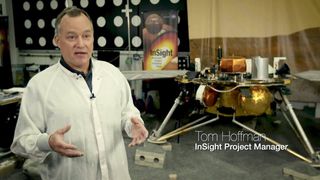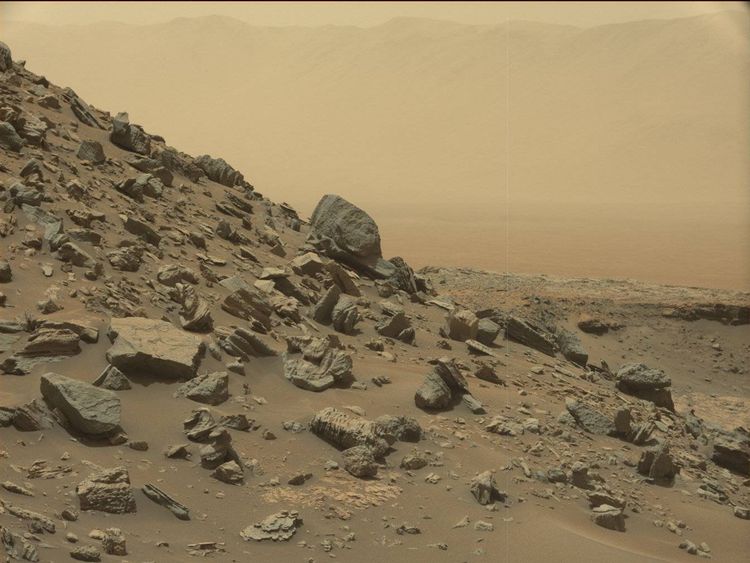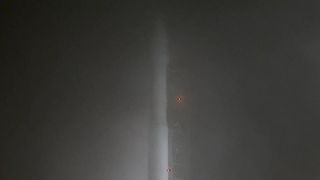NASA has launched a mission to Mars which, if successful, may help reveal the planet's internal secrets and suggest if it was ever habitable.
The InSight mission successfully launched before dawn on Saturday in California (12.05pm UK time) on a powerful Atlas V-401 rocket, but the whole mission is far from a confirmed success.
Mars is a difficult planet to investigate. Its thin atmosphere makes landing a challenge and its extreme temperature swings make it very difficult for missions to be conducted on the surface.
NASA is warning onlookers that only 40% of the missions ever sent to Mars have been successful.
InSight, which stands for Interior Exploration Using Seismic Investigations, Geodesy and Heat Transport, hopes to place a single lander spacecraft on Mars.
NASA says the mission will help scientists understand what is happening around the planet's core.
It will also help explain how all rocky planets, including the Earth, evolved. There are significant mysteries here, because while both Mars and the Earth were formed from the same stuff more than 4.5 billion years ago, they are now very different planets.
 2:26
2:26NASA's scientists have seen a lot of evidence that Mars has quakes – known as marsquakes. Unlike Earth, where quakes are caused by tectonic plates, Mars has very quiet tectonic processes.
This means marsquakes are more likely to be caused by other forms of tectonic activity, including volcanism and cracks forming in the planet's crust.
NASA said: "Each marsquake would be like a flashbulb that illuminates the structure of the planet's interior.
"By studying how seismic waves pass through the different layers of the planet (the crust, mantle and core), scientists can deduce the depths of these layers and what they're made of.
"In this way, seismology is like taking an X-ray of the interior of Mars."

Earth and Venus have tectonic systems which have destroyed most evidence of their early history, but Mars (which is just one third the size of those planets), contains less energy to power these tectonic processes.
NASA said this makes Mars a fossil planet in many ways because it has remained static for more than three billion years.
The mission launched from Vandenberg Air Force Base in California.
 1:16
1:16Usually, missions to other planets launch from the Kennedy Space Centre in Florida and fly east, over the water of the Atlantic Ocean.
More from NASA
Flying towards the east adds the momentum of Earth's eastward rotation to the launch vehicle's own thrust – but the Atlas V-401 rocket is powerful enough to fly south towards the sea from Vandenberg.
It will take InSight about six months to travel the 301 million miles (485 million kilometres) to Mars, and it is expected to arrive at Mars on 26 November 2018.
[contf] [contfnew] 
Sky News
[contfnewc] [contfnewc]







